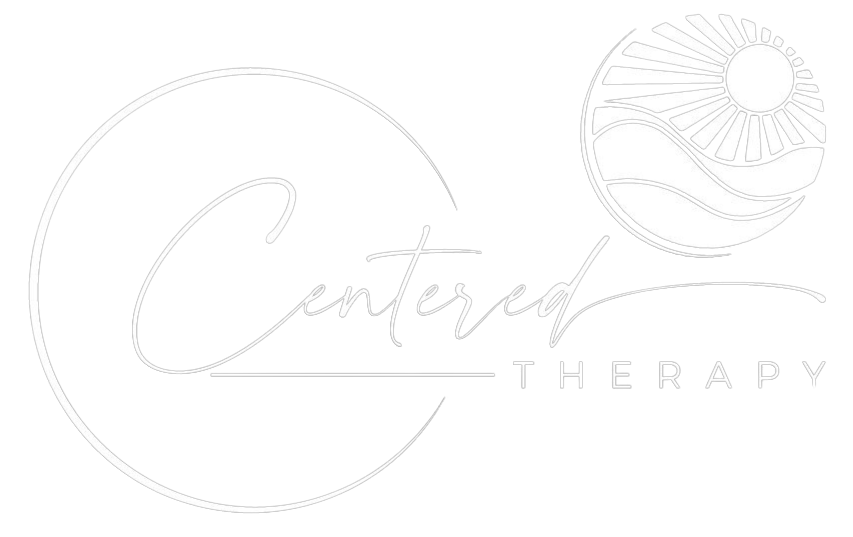What is Somatic Therapy?
Somatic therapy, known by various names such as Body-Centered Psychotherapy, Embodied Psychotherapy, and Sensorimotor Psychotherapy, is a psychotherapeutic approach acknowledging the profound connection between the mind and body. This therapy recognizes the role of physical experiences and sensations in shaping mental health and employs techniques to address emotional issues stored in the body.
Somatic therapy, though not entirely new, has gained prominence in recent years for its holistic approach to mental health. Grounded in the mind-body connection, it recognizes that emotional experiences are stored in the body and aims to address this through various techniques. While not a cure-all, somatic therapy has shown effectiveness in treating Trauma, Anxiety, and stress-related disorders. Its emphasis on experiential and embodied practices sets it apart, offering individuals tools to reconnect with their bodies, process emotions, and achieve greater well-being. As research continues, somatic therapy’s effectiveness and versatility in mental health care become increasingly recognized.
Understanding Somatic Therapy
Somatic Therapy operates on the principle that the mind and body are interconnected, and emotional experiences are stored in the body. The approach recognizes that trauma, stress, and unresolved emotions can manifest physically, leading to tension, discomfort, and psychological distress. Somatic therapists guide clients in exploring and addressing these issues through various embodied practices.
The process often begins with cultivating body awareness, encouraging clients to tune into sensations, feelings, and areas of tension. Breathwork is frequently utilized to regulate the nervous system and deepen the mind-body connection. Mindful movement, such as gentle exercises or specific somatic techniques, allows clients to release stored emotions and promote a sense of groundedness.
Therapists may also employ hands-on techniques, where appropriate, to facilitate the release of physical tension. This hands-on work can involve gentle touch or movement interventions, fostering a deeper connection between the client’s emotional and physical experiences.
Types of Somatic Therapy
Somatic Therapy encompasses a diverse range of therapeutic approaches that recognize the interconnectedness of the mind and body, emphasizing the role of bodily experiences in promoting emotional well-being.
Some prominent types of somatic therapy include:
- Hakomi Therapy: Grounded in mindfulness and non-violence, Hakomi explores how the body holds and reveals unconscious patterns, fostering self-awareness and transformation. By focusing on present-moment experiences, this method gently reveals and transforms unconscious patterns, fostering self-awareness and promoting healing through compassionate, mindful exploration of the body’s unique expressions and responses.
- Sensorimotor Psychotherapy: Integrating cognitive and somatic techniques, and grounded in mindfulness, it promotes healing by exploring the body’s responses to trauma, fostering self-awareness, and facilitating the completion of the stress response cycle through mindful awareness and movement, enhancing overall well-being.
- Feldenkrais Method: This is a somatic approach that enhances well-being through gentle movements and heightened body awareness. By reprogramming habitual movement patterns, it aims to improve physical function and reduce stress. This method promotes holistic learning and self-discovery, fostering a deeper connection between the mind and body for improved overall functioning.
- Somatic Experiencing (SE): Developed by Peter A. Levine, SE focuses on resolving trauma by addressing the body’s responses and promoting the completion of the stress response cycle. While somatic therapy includes diverse methods, Somatic Experiencing specifically hones in on resolving trauma-related symptoms through a structured approach that emphasizes bodily sensations and the completion of the body’s stress responses, promoting healing and resilience.
- Rolfing Structural Integration: This bodywork technique aims to realign the body’s structure through deep tissue manipulation and enhance overall well-being By addressing imbalances and restrictions, Rolfing promotes improved posture, flexibility, and overall well-being. This method enhances body awareness and helps individuals experience more efficient and comfortable movement.
- Mindful Breathwork: Combining mindfulness with breath awareness, this approach helps individuals regulate emotions and alleviate stress by connecting with the breath.
- EMDR (Eye Movement Desensitization and Reprocessing): While not primarily a somatic method, EMDR incorporates elements of somatic awareness by focusing on how trauma is held in the body. Through bilateral stimulation, such as eye movements, it aims to help individuals process and integrate distressing memories, alleviating their impact on both the mind and body.
These diverse somatic therapy modalities provide individuals with a range of options to address various mental health concerns, trauma, and emotional issues by integrating the body into the therapeutic process. The choice of somatic therapy depends on individual preferences, therapeutic goals, and the nature of the issues being addressed.
Somatic Therapy Exercises
Somatic therapy exercises encompass a range of practices aimed at fostering mind-body awareness and promoting emotional healing. Some commonly used somatic therapy exercises include:
- Grounding Techniques: Grounding exercises involve bringing attention to the present moment through sensory experiences. For instance, focusing on the feeling of the ground beneath your feet, taking deliberate breaths, or touching and describing objects around you can help anchor individuals in the current reality, providing a sense of stability and safety.
- Body Scan Meditation: In body scan meditation, practitioners systematically direct their attention to different parts of the body. This promotes relaxation and heightened awareness by releasing tension and fostering a mindful connection with the body, allowing individuals to notice and release any stored stress or discomfort.
- Breathwork: Breathwork techniques, such as diaphragmatic breathing or intentional breath regulation, are employed to manage stress and increase body awareness. By consciously engaging with the breath, individuals can influence their physiological responses, promoting relaxation, and enhancing mindfulness in the present moment.
- Yoga: Yoga combines mindful movement, postures, and breathwork to contribute to physical and emotional well-being. This practice fosters a deeper mind-body connection, enhances flexibility and strength, and provides individuals with tools to manage stress through intentional movement and breath awareness.
- Bioenergetics: Bioenergetic exercises involve dynamic movements and postures to release physical tension and emotional stress. By engaging the body in expressive and energetic ways, individuals can unlock stored emotions, promoting a sense of release and vitality.
- Progressive Muscle Relaxation: Progressive muscle relaxation is a systematic technique that involves tensing and relaxing different muscle groups. This process helps alleviate physical tension, reduce stress, and induce a state of deep relaxation, promoting a sense of calm and well-being.
- Sensory Tracking: Sensory tracking focuses on noticing and describing bodily sensations. This practice supports self-awareness and emotional regulation by encouraging individuals to tune into their physiological responses, helping them better understand and manage their emotions in various situations.
Who Can Benefit From Somatic Therapy?
Somatic therapy can be beneficial for a wide range of individuals facing various challenges and seeking support for mental and emotional well-being. People who may benefit from somatic therapy include:
- Trauma Survivors: Individuals who have experienced trauma, whether recent or past, can find somatic therapy helpful in processing and healing traumatic experiences.
- Anxiety and Stress: Those dealing with chronic Stress or Anxiety can benefit from somatic approaches to promote relaxation, regulate the nervous system, and manage physical symptoms.
- Depression: Somatic therapy can complement traditional approaches in addressing the physical manifestations of Depression and fostering a holistic sense of well-being.
- Chronic Pain Sufferers: Individuals experiencing chronic pain conditions may find relief through somatic therapy techniques that focus on mindful movement and body awareness.
- Eating Disorders: Somatic therapy can be integrated into the treatment of Eating Disorders to address body image issues and support individuals in developing a healthier relationship with their bodies.
- Addiction Recovery: Somatic therapy can be a valuable component of Addiction Treatment by addressing the emotional and somatic aspects underlying addictive behaviors.
- Body Image Concerns: Those struggling with body image issues can benefit from somatic therapy’s emphasis on fostering a positive and accepting relationship with the body.
- Individuals Seeking Holistic Healing: Anyone looking for a holistic and integrative approach to mental health that acknowledges the interconnectedness of the mind and body can benefit from somatic therapy.
Who Can Provide Somatic Therapy
In general, therapists with various certifications, such as Licensed Professional Counselors (LPCs), Licensed Marriage and Family Therapists (LMFTs), or Psychologists, can incorporate somatic therapy into their practice by obtaining specialized training in somatic modalities. This additional training, like Sensorimotor Psychotherapy or Somatic Experiencing, equips therapists with the tools to address the mind-body connection and assist clients in exploring and resolving emotional issues stored in the body. Sometimes therapists and counselors put “Somatic Movement Practitioner” on their bios.


